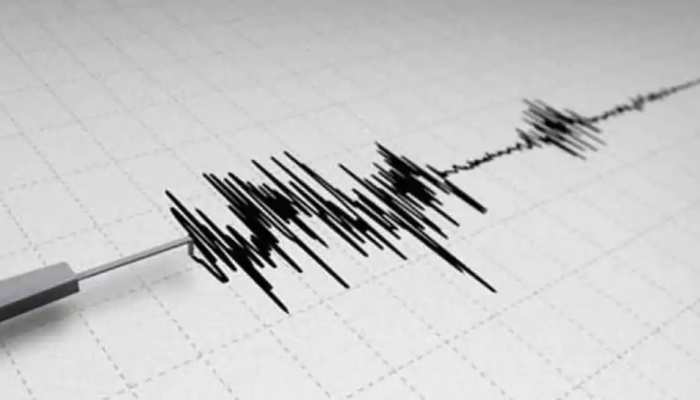Kolkata: After massive earthquakes battered parts of Turkey and Syria, almost all seismic zones are in alert mode, including in India, with a report warning that as much as 59 percent of the country’s land mass is prone to earthquakes of different intensities. According to experts, Kolkata which is in Seismic Zone 4, is not on the radar for major earthquake tremors, but being adjacent to Zone 5, the port city’s high-rises may pose some risk.
Read More:-Kotak Mahindra Bank hikes fixed deposit rates. Check latest FD rates here
Earthquake expert Sujit Dasgupta told ANI that the resonance wave generated due to the earthquake can prove to be a threat to the high-rise buildings of Kolkata. “There was great devastation in the 2001 Gujarat earthquake. Since the epicenter of the earthquake was Bhuj, the damage was more there, but the effect of this earthquake was also seen in Ahmedabad. Due to the earthquake in Bhuj, the tall buildings of Ahmedabad were shaken. This happened because of Resonance Web,” Dasgupta added.
Read More: Bank of India Multi Cap Fund: New Fund Offer from Bank of India Mutual Fund; Check details
The building plan rules have advised that buildings should be constructed under seismic design, which is often ignored especially in high-rise buildings. Earthquake tremors are being felt more these days. On the other hand, high rises are being constructed continuously in megacities like Kolkata,” Dasgupta told ANI. “In such a situation, if a tremor of more than 7 magnitudes occurs on the Richter scale in Seismic Zone 5- Nepal, Bhutan, North Bengal, Sikkim, Assam, Andhra Pradesh, Shillong- then there is every possibility that Kolkata’s high rises will be damaged. For this, the government should prepare well in advance. There is a need to tighten the rules,” Dasgupta added.
Read More:-MSCI To Strip 4 Adani Companies Including Flagship Adani Enterprises Of ‘Free Float’ Status
Dasgupta said that since Kolkata is close to Zone 5, any earthquake in this belt will definitely affect Kolkata. The 1934 Nepal-India earthquake measured 8.2 on the Richter scale and killed 10, 000 people. The effect of the earthquake was also seen in Kolkata at that time, Dasgupta said. As per the report, as much as 59 percent of India’s land mass is prone to earthquakes of different intensities.
Read More:-LIC Chairman To Meet Adani Group Top Management, Seek Clarification Amid Hindenburg Row
As per the seismic zoning map, the country is divided into four seismic zones in which zone V is the most vulnerable while zone II is the least. Nearly 11 percent of the country falls in zone V, while 18 percent is in zone IV, 30 percent is in zone III, and the remaining is in zone II.





































